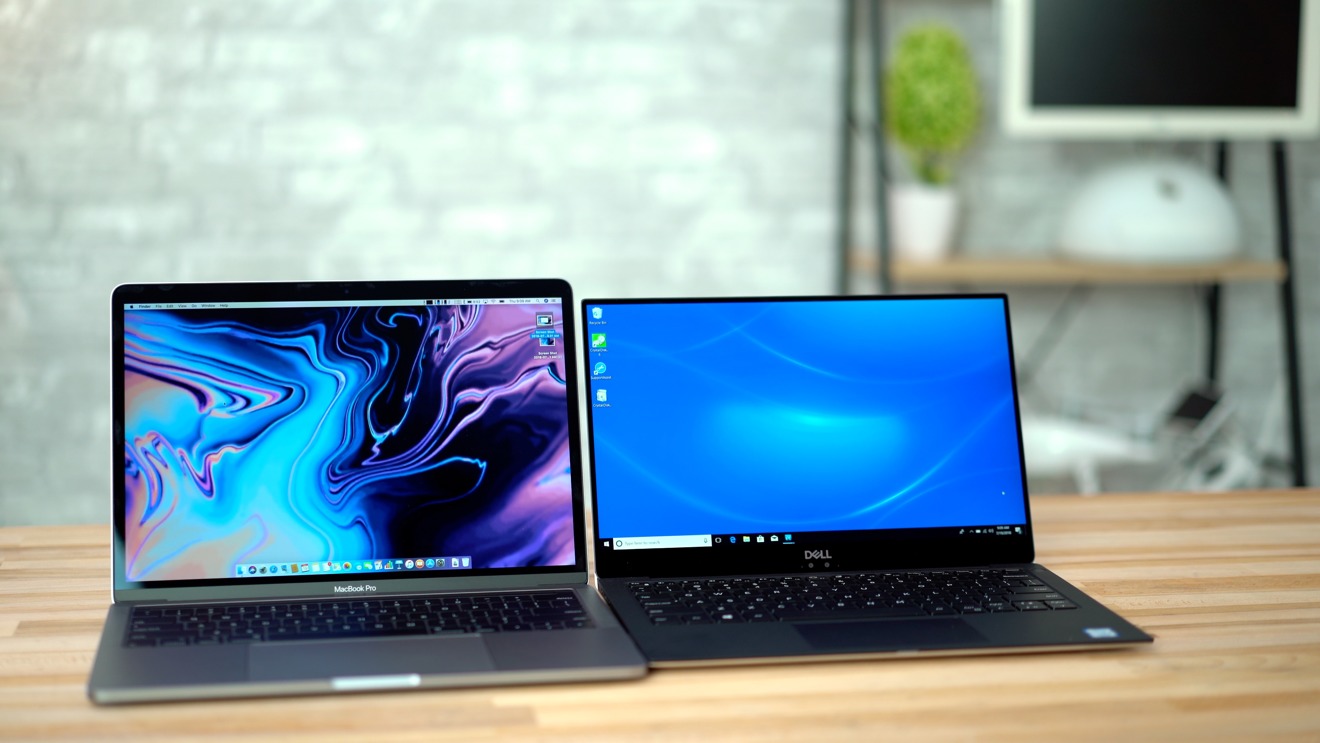

#Xps on mac pdf
For example, Macs don’t include built-in XPS file support, but they do include built-in PDF support. An XPS file may look unfamiliar and the recipient may not be able to open the file. If you’re trying to send someone a document, you can bet they’ll be familiar with PDF files and will be able to open it. The world has largely standardized on PDF files, while XPS files remain little-used. While the advantages of printing to XPS files are unclear, the disadvantages are fairly clear. In fact, Windows 8’s inclusion of a PDF viewer can be seen as Microsoft taking a step back, introducing support for a competing document format. Microsoft has certainly not been making a case for XPS files being better than PDF files and has been silent on any reason to use them in recent years.
#Xps on mac install
It’s unclear why you’d actually want to create an XPS file instead of a PDF file, unless you need to print a document to a file and can’t install a PDF printer. Even though Windows prods its users into printing to XPS files rather than PDF files by including the XPS Document Writer printer, few users seem to create XPS files. While XPS was regarded as a possible “PDF killer” when it was included with Windows Vista six years ago, it never became very popular.
#Xps on mac windows 8
While Windows 8 touts better support for PDFs because of its Modern “Reader” app, you will need a third-party app if you want to view PDF files on the desktop or print to PDF files.

#Xps on mac pro
Assuming that M2 Max SoC is months off, the M2 Ultra will probably arrive at even later date, so do not expect the new Mac Pro to arrive any time soon. A reasonable guess would be by the end of the year, but that's pure speculation. Since it takes some time for Apple to adopt its latest microarchitectures to Pro and Max SoCs, do not expect an M2 Pro or M2 Max-based MacBook Pro or Mac Mini to emerge for a while. Meanwhile, the next-generation Mac Mini has already been listed in Apple Studio Display's firmware as MacMini 10.1 (the current is 9.1), which is a clear indicator that a new model is incoming, reports 9to5Mac. The MacBook Air is expected to feature an all-new design, so showing it off at the upcoming conference will certainly attract a lot of attention to the event given how popular that model is. Meanwhile, all these systems have their own launch schedules and windows and therefore will not likely be introduced at the same time.įor example, a revamped MacBook Air and probably Mac Mini are expected at WWDC in early June. Surprisingly, the list does not include any iMacs. The list of M2-based systems that Apple is testing includes its new MacBook Air, entry-level MacBook Pro, 14-inch MacBook Pro, 16-inch MacBook Pro, and an all-new Mac Pro. Since the new SoCs will be made using TSMC's N5P fabrication technology, Apple could not tangibly increase CPU core and GPU cluster counts, so expect moderate performance uplifts from architectural improvements, some performance surges from the increased core/cluster counts, and some additional oomph from higher clocks.


 0 kommentar(er)
0 kommentar(er)
